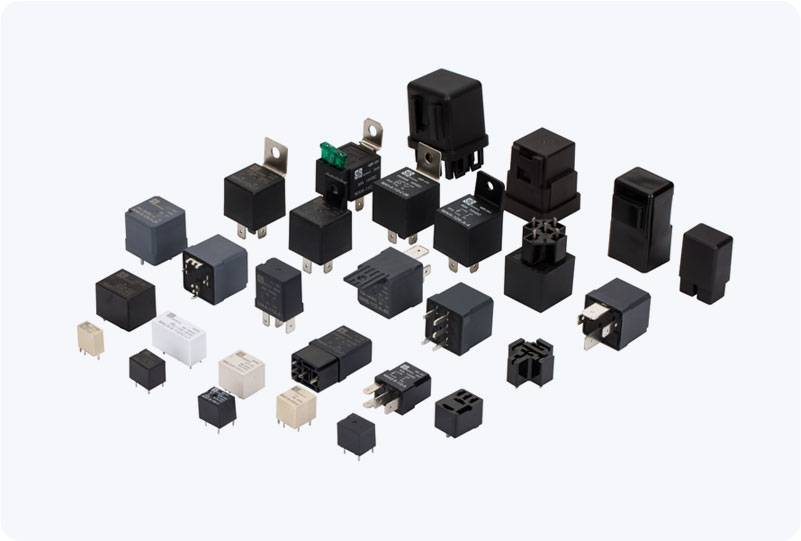Solid State Relays (SSRs) are revolutionizing the way we approach electrical control systems by replacing traditional electromechanical relays. The absence of moving parts, coupled with superior performance features, makes SSRs ideal for applications where reliability, speed, and durability are paramount. This article will explore the working principles, advantages, applications, and considerations of Solid State Relays, shedding light on why they have become a key component in modern electronic control systems.

What is a Solid State Relay (SSR)? A Solid State Relay (SSR) is an electronic switching device that uses semiconductor components to perform the same switching functions as a mechanical relay. Unlike traditional relays, which rely on electromagnets and mechanical contacts, SSRs utilize solid-state components like triacs, thyristors, and opto-isolators to open or close the electrical circuit. The lack of moving parts in SSRs significantly reduces wear and tear, leading to a longer lifespan and more reliable operation. How Does an SSR Work? The basic operation of an SSR involves two sections: the input and the output. The input side typically receives a low voltage control signal, often in the form of a DC voltage or an AC voltage, depending on the type of SSR. This input signal triggers the switching mechanism inside the SSR, which controls the power flow on the output side.